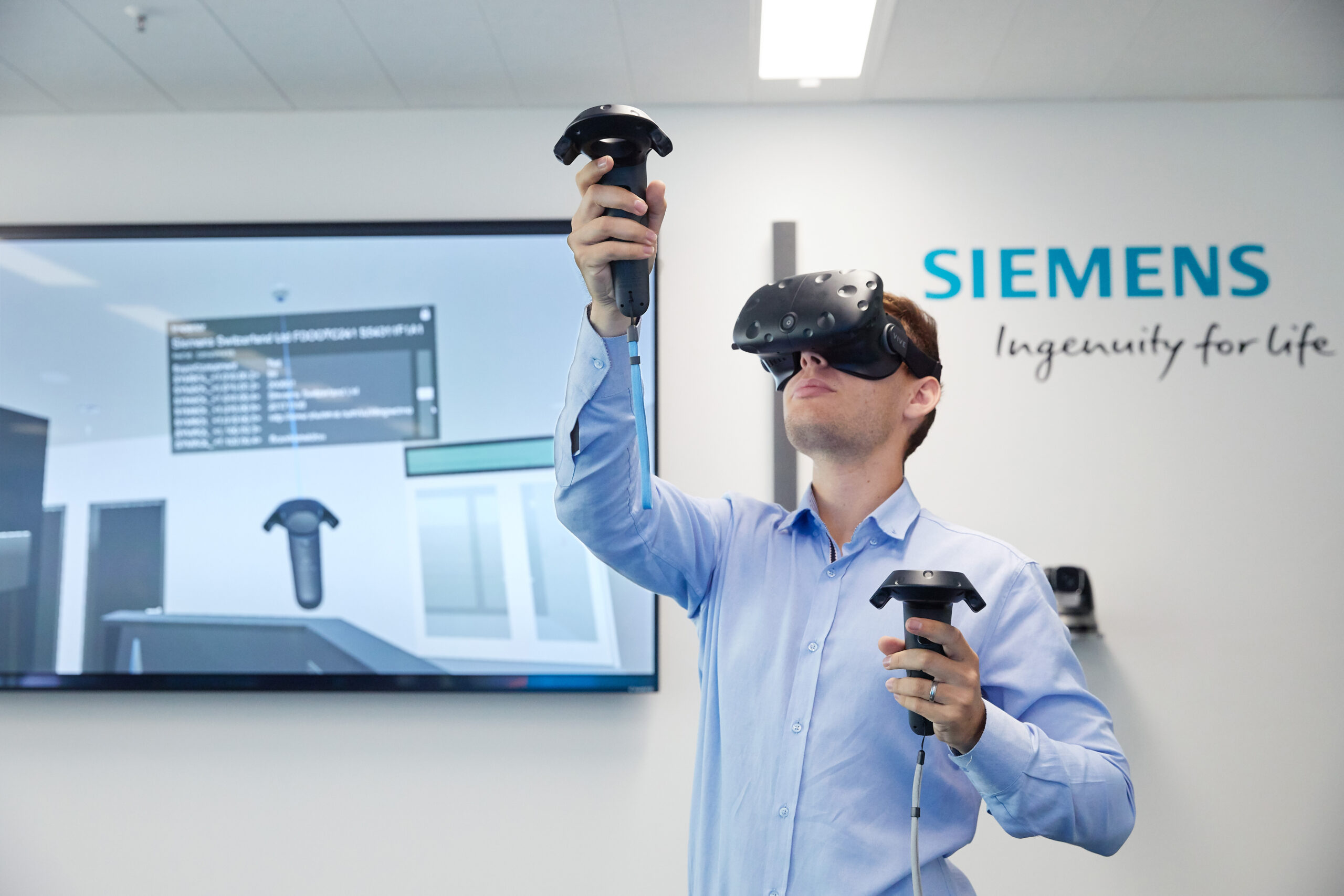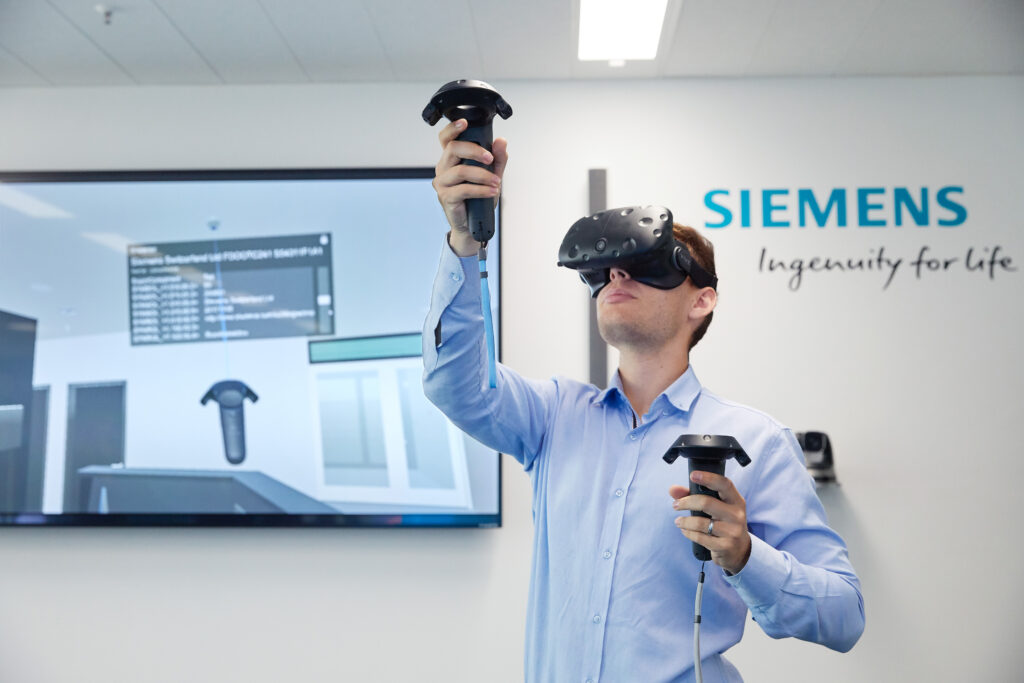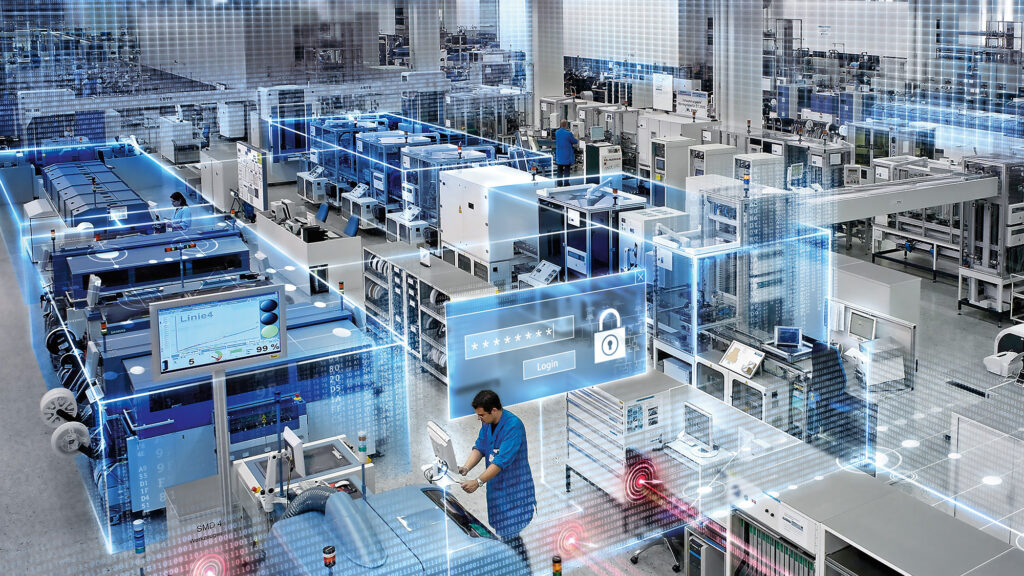How innovation is helping automotive companies overcome COVID-19

The COVID-19 pandemic is causing automotive original equipment manufacturers (OEMs) and suppliers to rethink how they design, develop and manufacture new vehicles. To prevent the virus from spreading throughout their workforces, companies have closed offices and testing facilities while redesigning their production facilities to maintain production output and protect employee safety. As companies have adapted, they have had to develop new methods and strategies to continue vehicle development, manufacturing, sales and service.
In this blog, we will discuss the effects of the pandemic on automotive companies and look at some of the ways in which they have responded to these new constraints.
Remote work and virtual collaboration
The closure of offices, testing facilities and other buildings made it more difficult for engineers, designers and other office employees to maintain a collaborative and productive work environment. In fact, significant steps in the vehicle design and engineering lifecycle have continued to rely on face-to-face collaboration and the manual exchange of information. For instance, engineers and designers often rely on in-person design reviews to gain approval on their work, or direct its refinement. Without these forums for review and feedback, the task of designing and engineering immensely complex modern vehicles becomes even greater.
Automotive companies, however, have taken the opportunity to develop novel applications of virtual technologies to better support their staff, customers and partners. VR and AR, for instance, have been integrated into design review and approval processes. As design and engineering staff transition to working from home, automakers have used VR and AR to enable virtual design reviews where key stakeholders examine the design in a shared virtual space (figure 1). The chief designers, engineers and other key stakeholders can thoroughly discuss, evaluate and make highly informed decisions on vehicle designs—as if they were in the same room.

Redesigning manufacturing
Automotive companies also had to quickly modify and adapt their production facilities to ensure the safety of their manufacturing employees. The necessary modifications have included significant redistributions or redesigns of production lines that frequently eliminate optimizations implemented before the pandemic (figure 2). Shared parts bins, for example, are no longer viable as they not only place operators in close proximity, but also have them touching the same parts during assembly.

These and other effects of the pandemic have pushed companies to turn toward advanced manufacturing technologies to mitigate the shortcomings of socially distanced production lines and stations. Novel applications of technologies such as virtual reality, advanced robotics and additive manufacturing are enabling safer and more productive manufacturing facilities. Automated guided vehicles (AGVs), for example, can replace shared parts bins, delivering materials to production stations quickly and efficiently while facilitating physical distancing among human operators.
New technologies
The use of advanced technologies has been a common thread throughout the automotive industry as it has responded to the COVID-19 pandemic. As discussed earlier, VR, AR and advanced simulation technologies are enabling engineers and designers to conduct live design reviews and in-depth analysis of design characteristics before the availability of any physical prototypes. Advanced technologies have also been important to the redesign of vehicle production facilities. In the wake of COVID-19, many companies are increasing their use of automation in vehicle manufacturing to improve production efficiency and their ability to weather challenging times. In particular, companies are investing in automation that is more flexible and autonomous, allowing it to complete a greater number of tasks and work more closely with human operators.
Additive manufacturing (AM) is another advanced technology that will see a boost in adoption. While AM has been in use for several years, its applications have remained limited due to the difficulties of scaling the technology to an industrial level. However, AM provides added agility and flexibility compared to traditional manufacturing methods while also enabling entirely new product geometries that optimize key performance metrics. The speed, flexibility and nearly boundless design possibilities of AM make it an exciting technology for automotive manufacturers dealing with increased demand for customizable vehicles.
Digitalization moves the automotive industry forward
Through the process of adapting and responding to the COVID-19 pandemic, we have found digitalization to be a powerful facilitator of virtual collaboration, teamwork and agility. Digitalization makes it easier for employees to work together across engineering domains and physical distance. In addition, a robust digital platform helps companies as they integrate advanced technologies to become more efficient and resilient.
This level of digitalization, from vehicle development through manufacturing and into vehicle sales and service, is the next step for the automotive industry. As companies respond to and recover from the effects of the COVID-19 pandemic, those that commit to a comprehensive digitalization strategy will be best positioned to lead the automotive industry tomorrow.


